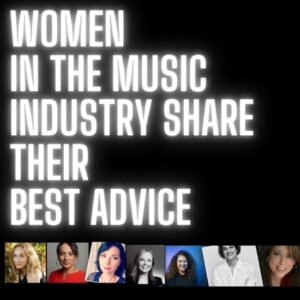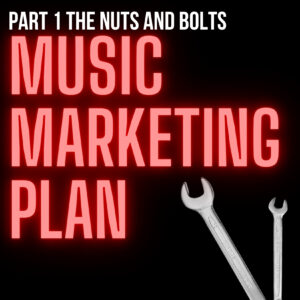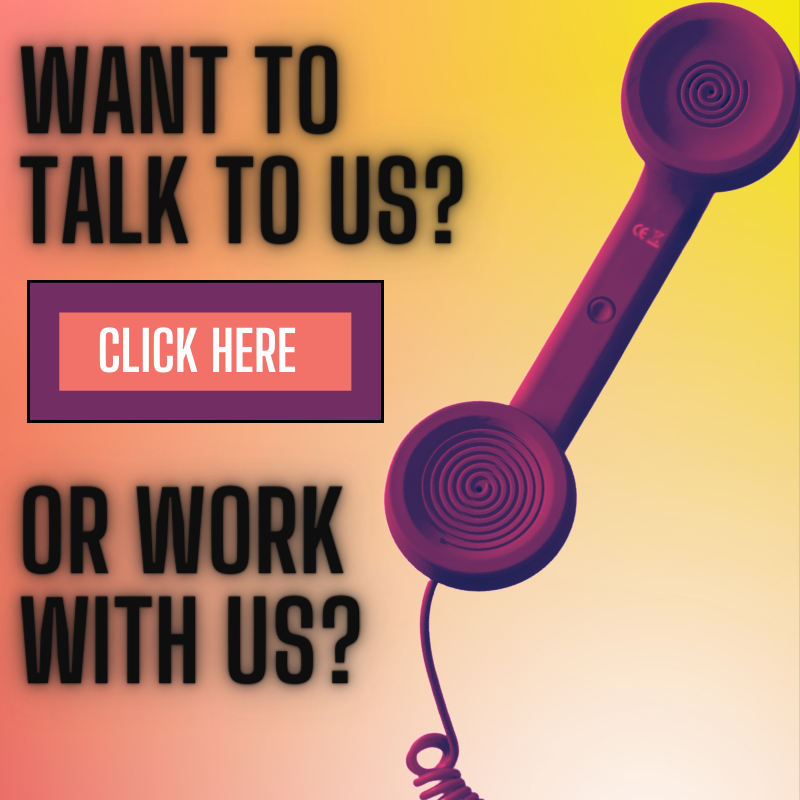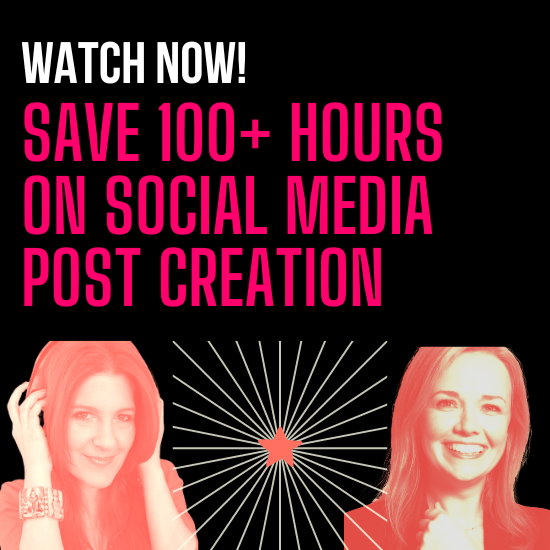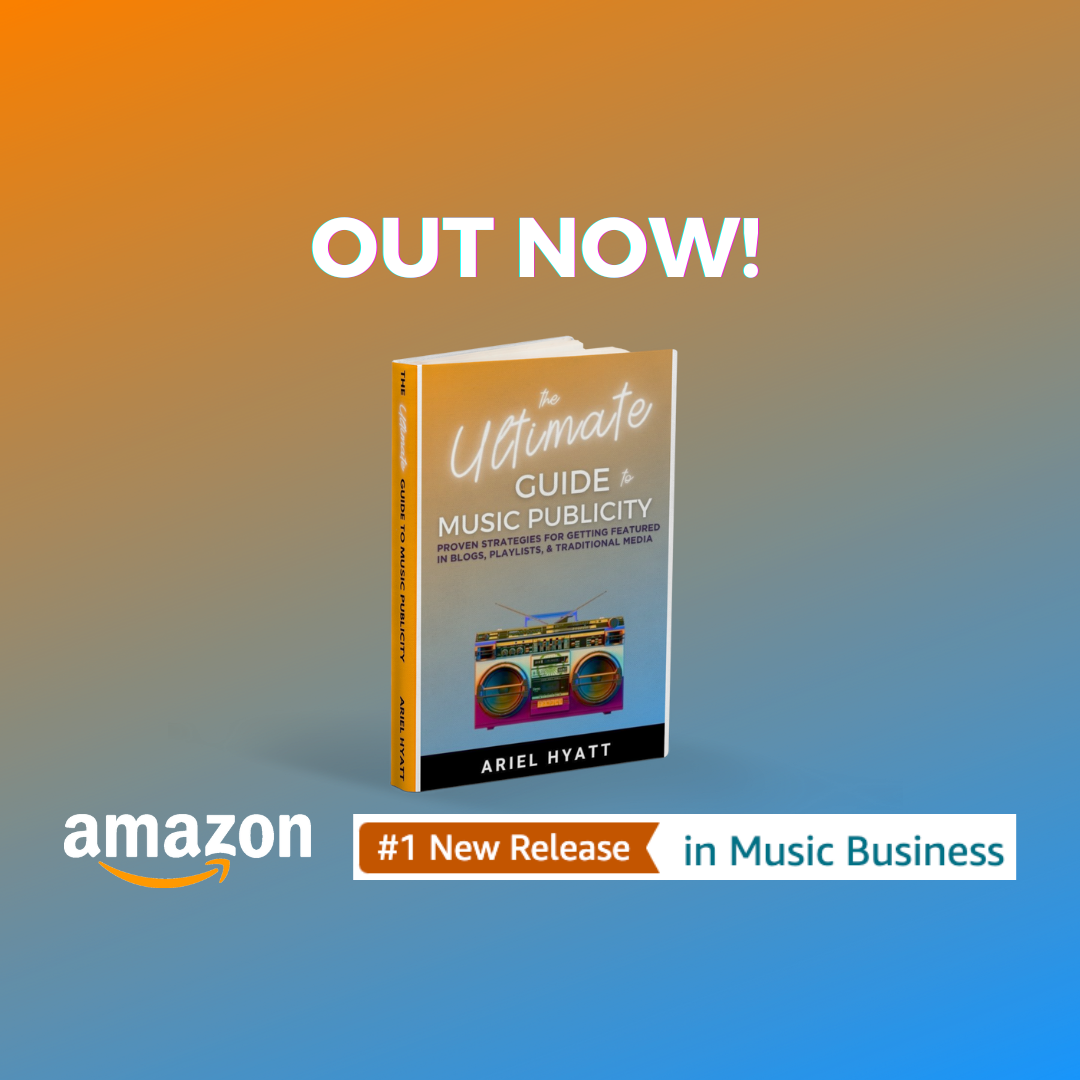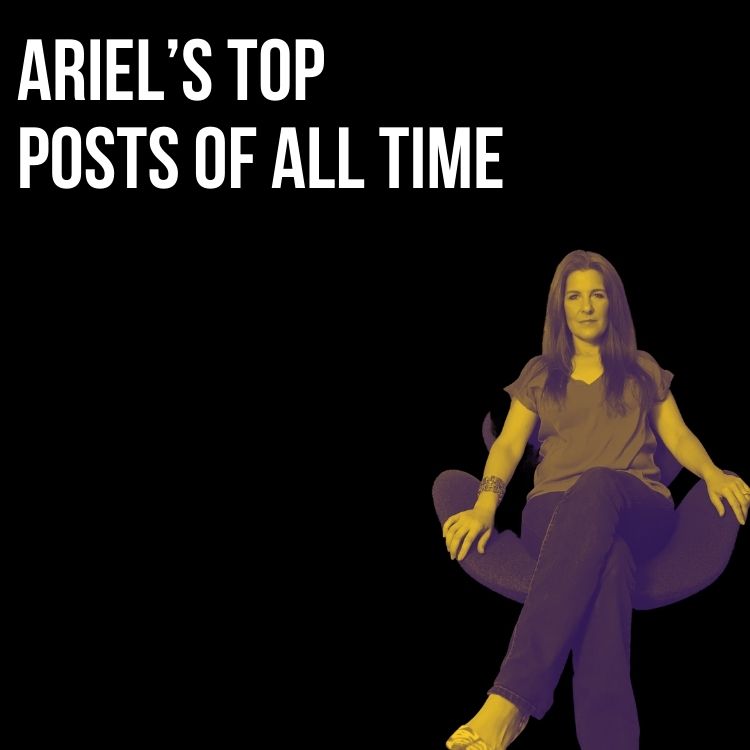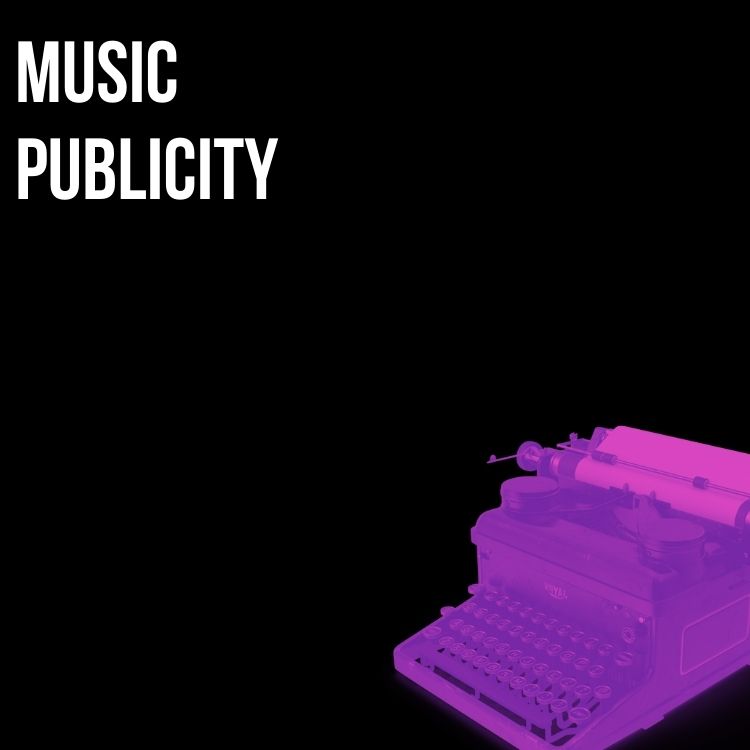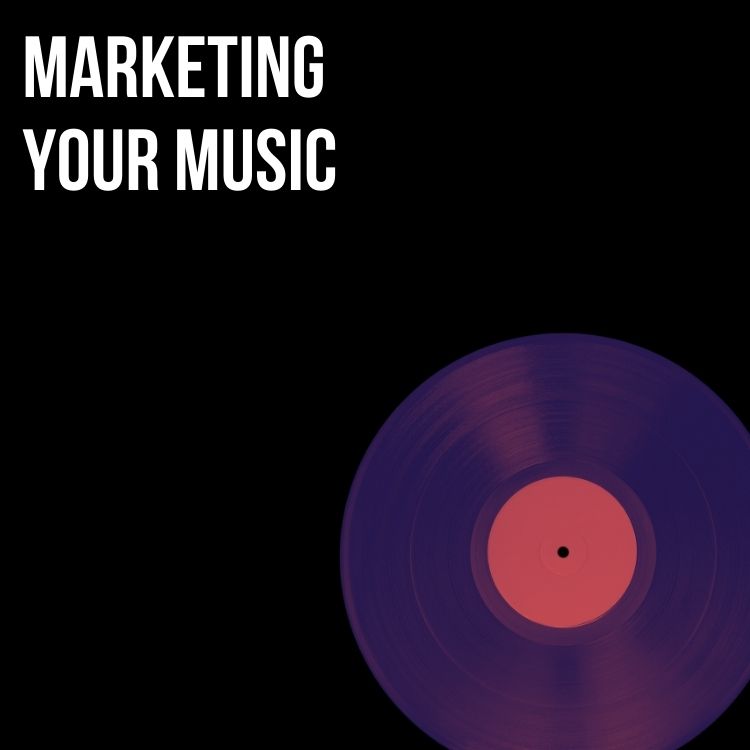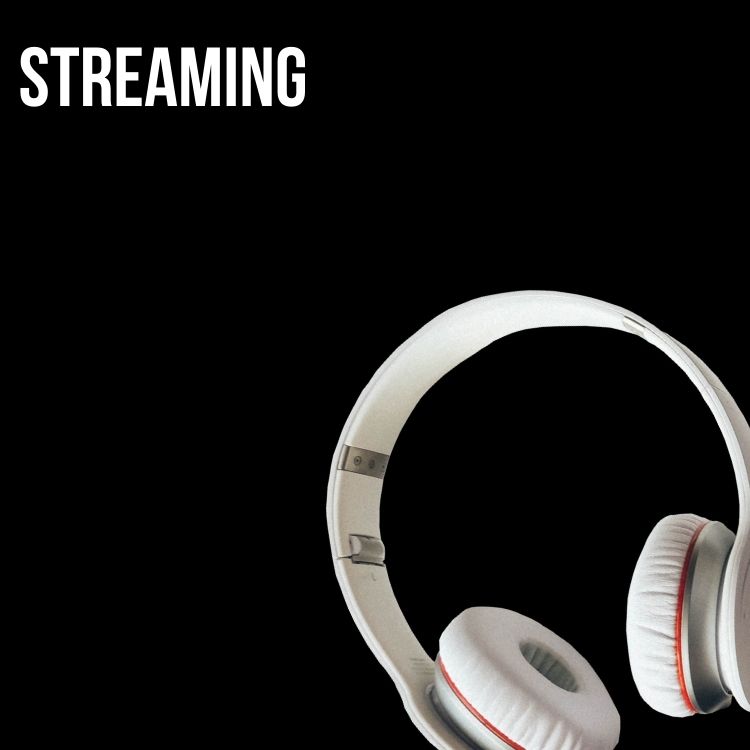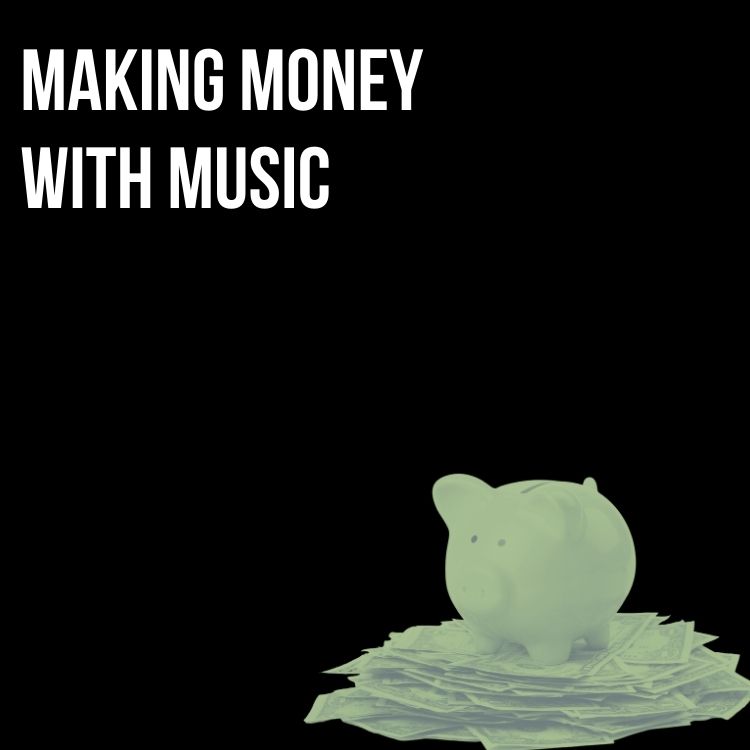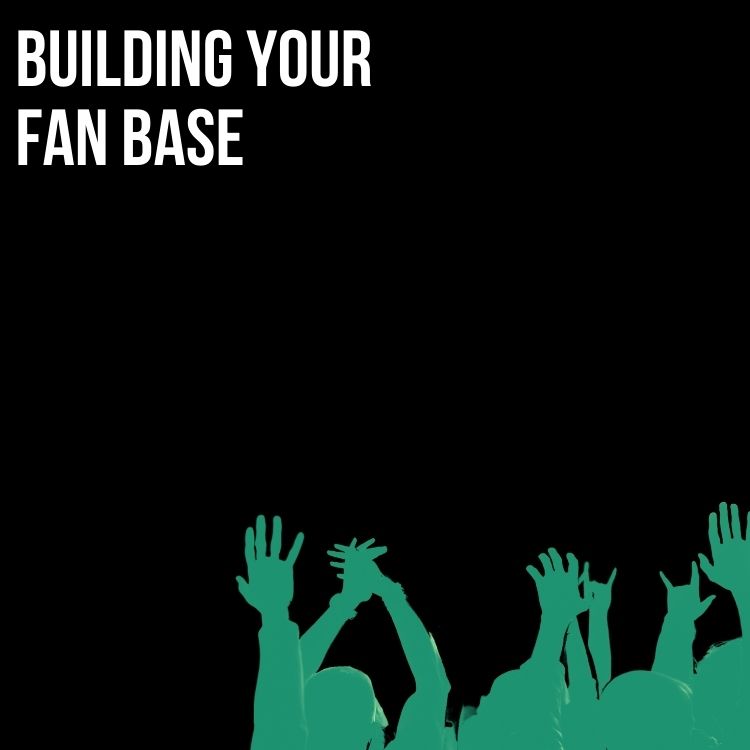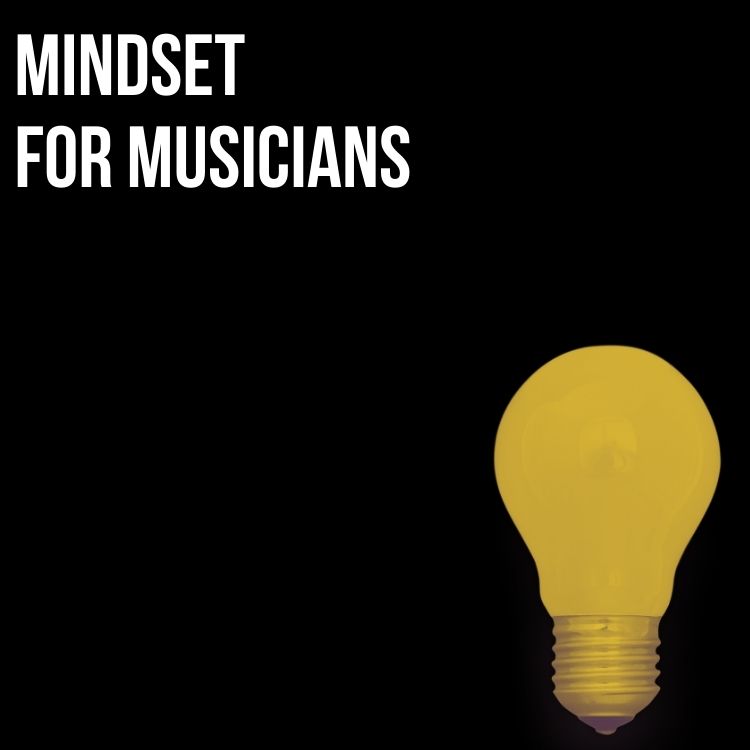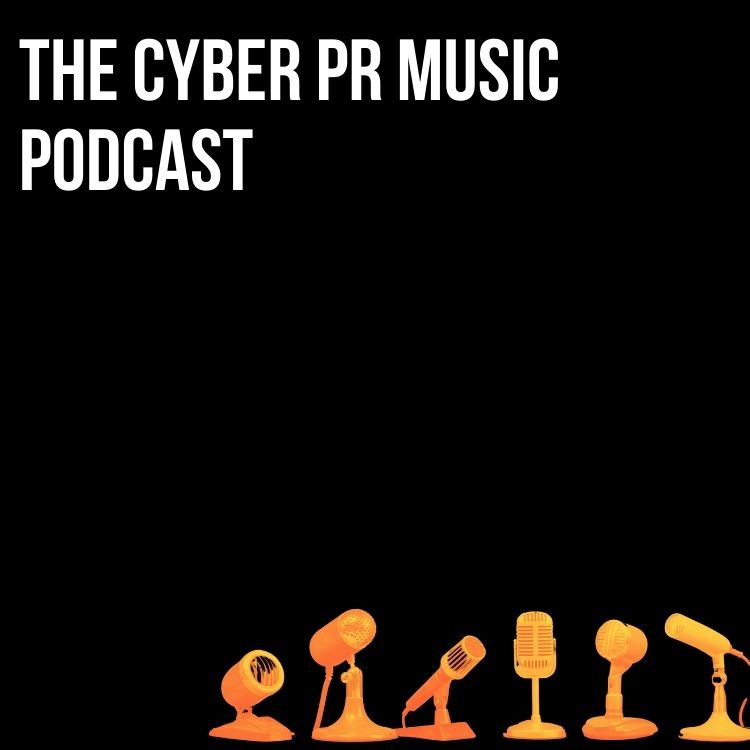 Since Spotify’s US launch and the F8 announcements, a major sea change is underfoot. I have been following some of the most important and lively conversations about the meaning of all of this for independent musicians everywhere.
Since Spotify’s US launch and the F8 announcements, a major sea change is underfoot. I have been following some of the most important and lively conversations about the meaning of all of this for independent musicians everywhere.
I don’t have much to say about it all (yet) but my knee jerk reaction is to revert back to the basics. As things get more and more complicated and as artists are being included on platforms that will yield them smaller fiduciary returns, it is more necessary than ever to remember and practice core marketing principals. I am strongly reminded of their necessity of the basics when I look at this from a global perspective.
I just returned from Scandinavia where most everyone still refuses to use Twitter and the people I met and spoke to mostly believe that email newsletters = SPAM.
I still stand by the 1,000 true fans theory and I am still inspired by artists who are putting this theory into full practice.
What follows is my 11th installment in this series…
Marian Call is not an artist who needs to be convinced that Twitter works. In 2010, she used it as the primary social media platform to tour all 50 states.
Marian is the epitome of artist who has leveraged social media to do what so many only dream of doing… Her story is inspiring and her approach weaves together talent, good old-fashioned networking, common courtesy and a lot of elbow grease
Ariel Hyatt: How do you make 1,000 True Fans work for you?
Marian Call: I spent 2010 really road-testing the 1,000 True Fans theory. In my case, after really risking my whole livelihood on that principle, I’d set the number at closer to 10,000 — if I can acquire and maintain a base of 10,000 engaged fans, I’ll have a sustainable career. So that’s my goal.
In 2010 I toured all 50 United States using Twitter (and a little bit of Facebook) to set up house concerts and non-traditional gigs. Some notes on how the logistics worked: most of my shows were small and intimate, between 15 and 40 audience members. I played about 6 shows per week for about 7.5 months while I traveled through the U.S. and Canada. Nearly all of the shows were free with a recommended donation, and I passed the hat to earn money. My CD’s were on sale by donation most of the time, with a recommended $10-15 price but no minimum — I wanted everyone to leave with a CD, whether they paid or not. To save on costs I did home stays most nights.
“I had a couple lucky breaks in terms of publicity and appearances, but for the most part it was just steady work, and the big breaks quickly faded. Ultimately they paled in significance next to the daily grind of playing for a few new people every day, which I’d say was most effective.”
The relationships that came out of “celebrity encounters” were very important, but generally when I got some recognition by a big name my existing fans imagined it generated a lot more buzz and sales than was actually the case. I won’t run and hide from the odd spot of luck, but I won’t bank on them either.
After the U.S./Canada tour I wound up back home in Alaska with a little money in my pocket — but I wound up having to spend it all to get to Hawaii, the 50th State. So in the end my tour was simply sustainable. And that’s OK with me.
I’m hopeful that the 1,000 True Fans model might suggest that some of us are ready to move away from the idea that we need a “big break” in music and back to the notion that we can simply have sustainable lives
with our own small community and not too much need to climb ladders or gamble on being “discovered.” I like that paradigm shift. I’m ready for it.
AH: Can you give us a breakdown percentage wise of how you make money:
MC: This is actually difficult for me, because at my live shows I try to send everyone home with a CD. So live shows/House Concerts/CD Sales are all sort of jumbled together, and I’d say together they make up 60-70% of my income.
I have a Donors’ Circle at Kickstarter that supported my new album; that comprised 20-30% of my income during certain months, sometimes more, sometimes less
Merchandise .5%
Bundles of products / Special Offers – I have a fundraiser each year that raises maybe 5-10%
Digital revenue 10-15%
AH: How many die-hard fans would you say you have? (Fans that will buy everything and anything from you). How long has it taken you to gain this many fans?
MC: I’d say I have 2,000 serious fans who will buy all the music, and about 200 who will buy just about everything I offer. But then I offer a lot of stuff. It’s taken 3 years to cultivate that base. Some folks leave as new ones arrive — people do sometimes lose interest over time. It’s amazing how much income a group that small can generate, though, if you keep providing them content they enjoy.
AH: Which analytics platforms (if any) do you use? How do you use analytics to your advantage? What are your measurable online results, and how do your measures help you with your music career?
MC: I wish I were organized enough to spend more time on analytics! My career’s too much of a scramble for in-depth analysis I’m afraid. I really use two things to gauge what’s most effective — sales numbers and direct response from fans. Since I monitor several social networks and an e-mail list rigorously, it’s easy to figure out what triggered a certain spike in sales and what triggered a serious fan response on social networks. I suppose I run largely on instinct. My instincts have been decent so far.
AH: If you could give a band or artist any type of advice on how to start in social media, what would you advise them to do?
MC: First, find the medium that feels natural to you, where you can be yourself. Be findable everywhere — even if you’re not into Twitter or FB or G+, make it easy for folks on each platform to get information — and then really settle into the social network that fits your personality.
Second, embrace your niche. If you don’t think you have one, define one. And start building a community through normal, non-marketing interactions with that community.
Third, be genuine and respect your fans. If you genuinely care about your fans and listeners, and read what they write, reciprocate — they’ll care a great deal more about you. Don’t waste their time and don’t yell promotional material at them repeatedly — be a friend. (Outside of social networking you may have something to sell to a friend, but I bet you spend only 5% of your relationship talking about the thing you have to sell (or less!), not 90%. Ultimately friends buy things from you because they care about who you are, not because you shouted the loudest.)
Fourth, at shows and in person, prioritize letting fans in your online social network know that they’re important to you. It may be awkward meeting people in real life after knowing them online, but embrace the awkward and get used to it. If your online presence matters to you talk about it at shows and in interviews — give shout-outs (shouts-out?) to your followers and fans and friends. Offer them special stuff. Let them know they’re valuable to you.
AH: Can you put into words what it is about Twitter that drew you to it and how did you manage to leverage it for your 50 state tour?
MC: I think different people are naturally drawn to one social network or another; Twitter really works for me because I’m a multi-tasker and I don’t mind the noise of several conversations at once. I follow over 8,000 people but I still really enjoy reading the unfiltered stream of people’s thoughts — it’s like eavesdropping at the world’s biggest cocktail party with everyone I like! I know that crowded social experience is not for everyone, but it’s really fun for me. I find myself procrastinating or having fun by spending time on Twitter, so clearly it’s the right medium for me to use to make an impact.
“I think Twitter really has an impact for me because I follow my own first rule of all social networking: if you would be read, read. If you would be interesting, be interested. If you want comments and clicks, comment and click on other people’s work.”
I’ve spent a lot of time trying to build a community there of people I genuinely care about, not just followers I want to sell stuff to. That’s what makes it effective for me. And fun and informative!
AH: I understand that you have a Tech geek / nerd / Sci-Fi oriented audience and that one of your best selling t-shirts reads, “I won’t fix your PC”. Do you tailor your music to meet the needs of your core fans? How important is it to strike a balance
MC: I do have a fantastically geeky core audience. My music is actually enjoyed by a much wider group of fans — it has a very broad sort of NPR quirky acoustic appeal. But my geeky nerdy fans are the ones who really love social networking and technology, so they really engage me online. They’re also good at being fans — they’re experienced at supporting TV shows or movies or writers they love — so they get out there and tell everyone they know about stuff they like. They review it and keep up on what I’m doing and spread the word. So naturally my nerdy geeky demographic has grown exponentially faster than any other group of people listening!
I love having a niche, it makes me feel at home. I wouldn’t say I tailor my music to meet my audience’s needs — I do take commissions and I write songs on dares by fans sometimes. But my prime directive is to I write stuff that I like, stuff that sounds like me — and since I feel I genuinely belong to that community, generally they like it too. This wouldn’t work for me if I were pandering to a group I’m not part of; my niche only fits because I really feel at home there.
I released an album on 10/1/11 that is much less geek-oriented than my last work, and my audience has totally embraced it despite the fact there are no songs about Star Trek or Transformers. Because the geekiness is embedded in me, in the way I use language and the way I think about relationships.
AH: If you had $1,000 to spend on marketing and promotion, how would you spend that money?
MC: I’m really not sure. I try not to market to folks unless they’ve already found me organically — I prefer to let word-of-mouth do its work. I would probably spend the money on a website redesign or some strong graphic work, possibly commission some posters or art from artists I like. Either that or put together a strong radio/airplay campaign for NPR affiliates and other independent strong music stations like KEXP, KUT and KGSR that have really serious indie music cred. Now that my new album’s out I feel I have a strong piece of work to offer them.
AH: How do you go about attracting “true fans?” What are some specific things that you’ve done to turn surface listeners and casual social media friends into lifelong fans?
 MC: I’ve attracted true fans by trying to have a really strong, head-turning product — that’s a must — and by trying to get connected to their lives. And by spending time with them in person, as much or as little as I have, when I meet them on the road. Someone who has hosted a house concert for me or had beer with me while I’m traveling is very likely to become a true fan.
MC: I’ve attracted true fans by trying to have a really strong, head-turning product — that’s a must — and by trying to get connected to their lives. And by spending time with them in person, as much or as little as I have, when I meet them on the road. Someone who has hosted a house concert for me or had beer with me while I’m traveling is very likely to become a true fan.
AH: You have managed very well to connect your online fans with your real-life experiences. What was your initial vision for connecting to fans and how did Social Media vs. real life change that?
MC: I actually never would have started doing music if social media hadn’t emerged. The rise of Myspace really triggered and created my music career — I began recording because I realized the way artists and fans interact had fundamentally changed in favor of. So I wouldn’t say I ever had an original strategy except for social media!
I live in Alaska, and folks like me who are geographically isolated or far from the big cities are especially dependent on social media and the internet to have any sort of music career on the national scene. That was never really possible before — I would have had to move to L.A. or Austin or New York or Seattle to have a music career. Now I can keep living where I want to live and still reach my fans. That’s a remarkable change in the music landscape.
AH: What is the key to creating a viral sensation? What creative elements do you feel are most important (humor, shock value, etc.)? Do you feel you created a viral sensation of just an honest 1-to-1 chain of relationships?
MC: I seldom aim for viral, and when I do I’m usually disappointed — I’ve had one or two successes that were sort of viral I guess, but over time they fade out. I find those big breaks are usually hard to monetize anyway, and save for some of the great “greatest” viral videos or memes of all time, I think most fade very quickly. So I prefer the relational method and just trying to create consistently strong content. If viral does happen someday, I’ll welcome it, but I don’t want to spend my career feeling like a frustrated scratch card addict trying to get lucky.
AH: Studies are still showing the mailing list as a very important factor to success – do you have one and how do you use it? Do you have an online mailing list?
MC: Yes! I have an e-mail list managed by Fanbridge. I use it about 7-10 times per year. I think it’s terrifically important; social media can never replace the e-mail list. Especially because there are very large demographics of people who are generally not using social media the way that folks of a certain age, class, and education are using it. I get a very strong response to my e-mail newsletters, and probably a bigger direct bump in sales than through any social media.
AH: How important is it for musicians to combine old school (traditional media) and new school (digital media) methods of promoting music?
MC: I think if you go all “new school” you miss certain demographics. There are still a lot of people who don’t download music — a lot of people who won’t see information about a show online. And I honestly still find that the best bump in performance attendance comes when I get an old-fashioned article in the old-fashioned newspaper or an interview on a local NPR affiliate. When I have a really good turnout at shows, a huge number of people tell me, “I heard you on the radio” or “I read your article in the paper;” and across 200 shows all over the country, I feel like I got a pretty decent gauge. Those media still matter.
So I blanch when artists write off old media entirely. The folks who are online and downloading and streaming music make a lot of noise — but they are by no means all of your audience. And they’re good at forgetting to show up (they’re often also the folks who would rather stay home online or watching TV) and they’re good at tuning you out (amid all the other input they allow into their lives). So relying entirely on social media, especially for show attendance, is a little nearsighted. It presumes all your audience members are like you. Many are not.
AH: What’s Next in your music career?
MC: I just released a double album last week Something Fierce that was funded entirely by fan donations — like my own private Kickstarter. It’s been a huge project and after that I need a little break from touring, so I’ll stay at home in Alaska. In the spring and summer I hope for lots more touring around the U.S. and Canada, and hopefully Europe for the first time as well!
Hang Out With Marian:
www.facebook.com/mariancallmusic
Subscribe for more!
Back to The Blog

